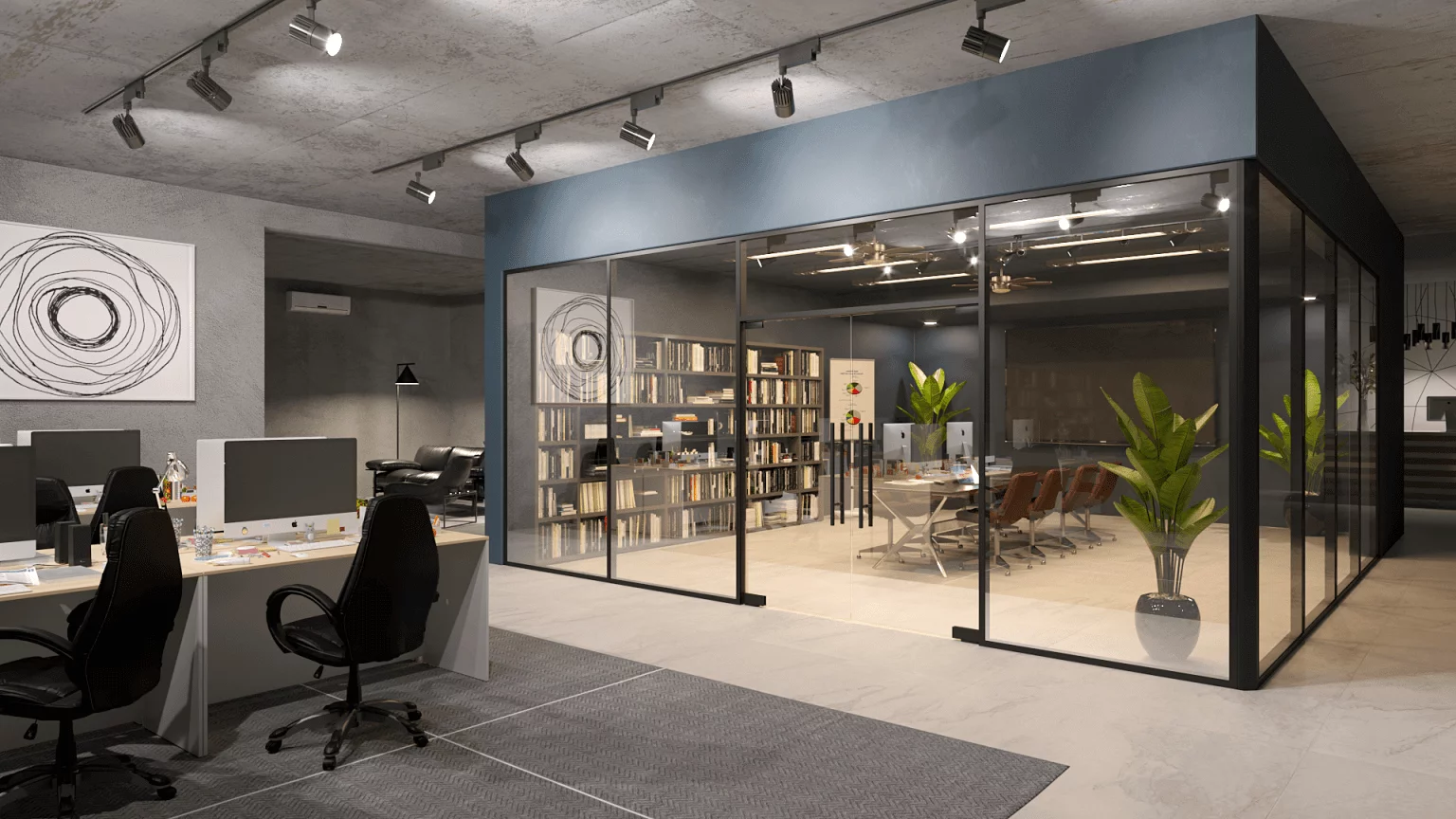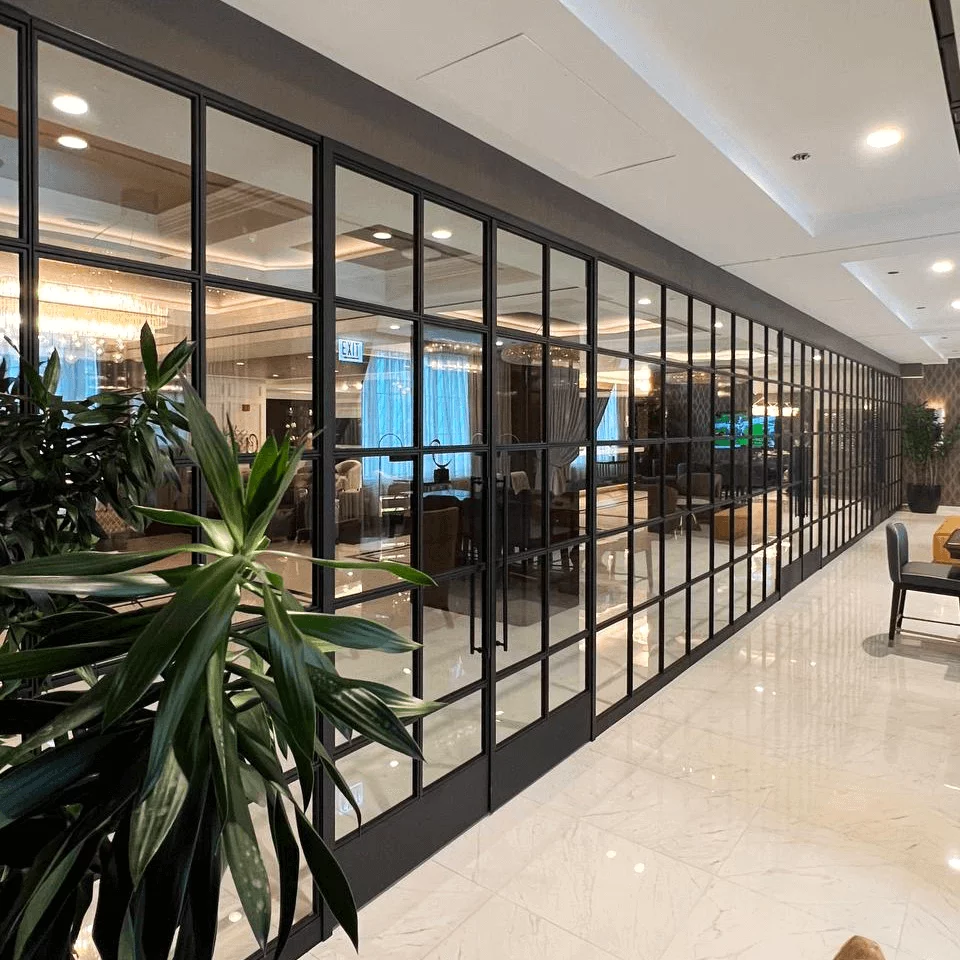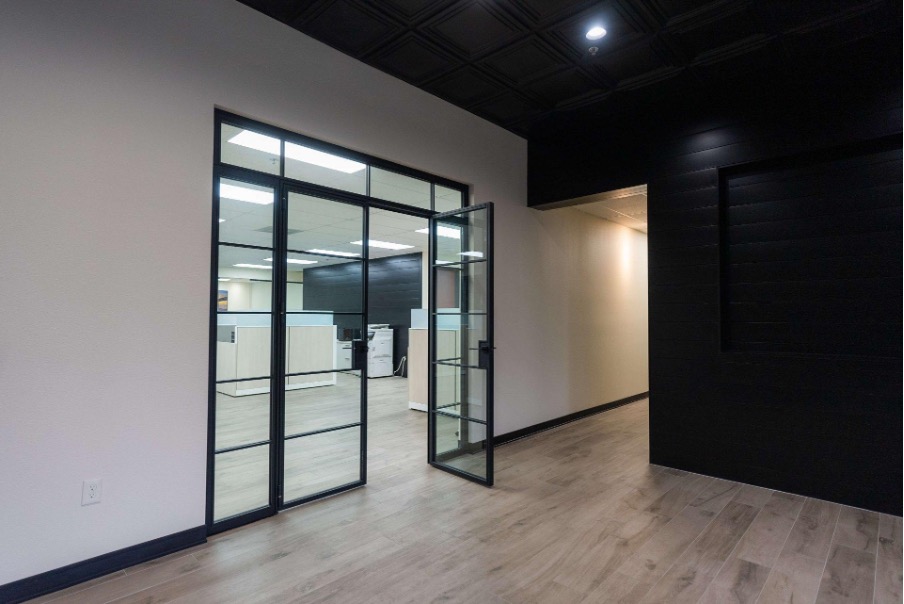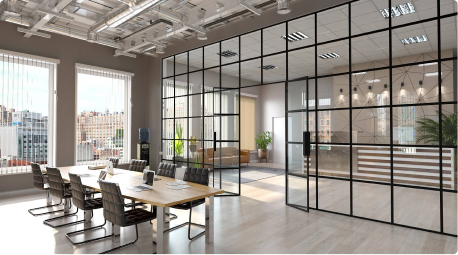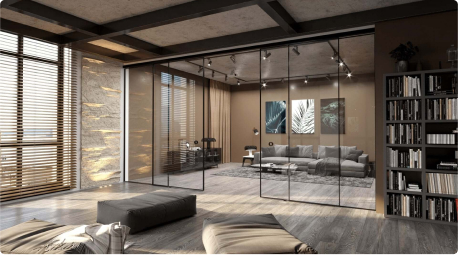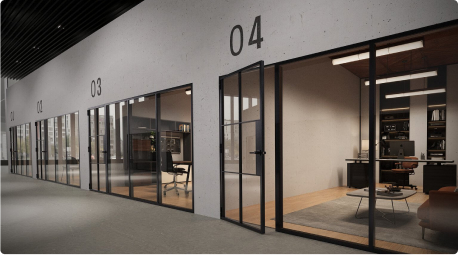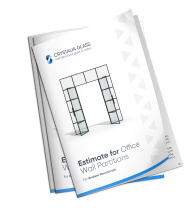All You Need to Know About Frosted Glazing
Frosted glazing gets its name because it resembles the appearance of frost: it looks matte and opaque rather than polished and transparent like normal glass.
Uses and advantages
A frosted finish provides not only an optical effect but also creates some interesting features for both the interiors and the exteriors of homes and offices. Let’s take a closer look.
- A frosted glass finish has a blurring effect, which helps create privacy. This is what makes it a popular choice in glass partitioning systems for homes and offices.
- The frosted surface is easy to clean and leaves no visible streaks after washing. Frequent cleaning and disinfecting are especially important during this pandemic. Thus, the frosted glass will preserve its elegant look while being safe for high-traffic areas such as offices, shopping malls, cafes, and civic institutions.
- Frosted glass is a perfect solution for exterior windows in sunny areas. It filters the light from outside, blocking ultraviolet rays and protecting both the people and the interiors inside.
- Though it may sound surprising, frosted glass is considered energy efficient. It blocks cold and heat from outside and, therefore, helps maintain a comfortable indoor temperature and reduce energy bills.
- The frosted effect is often used for adding a decorative touch to design elements. For example, it can be used for a logo on the glass doors of a company’s office, etc.
In many aspects, frosted glass is superior to regular glass. Do consider it an option when planning a redesign or remodeling of residential or commercial spaces.
Main types
There are several ways to create a frosted glass finish. The main three types are the following:
- Acid etching. In this method, an acid is used to coat a glass surface. The acid etches the surface, creating a bumpy matte appearance on one side of the glass panel. The intensity of the effect depends on how long the acid impacts the glass. This method can produce the smoothest surface and allows you to experiment with opacity. Acid-etched glass is much cheaper than sandblasted glass. Some of its best uses include workspace partitions, retail storefronts, railings, glass walls, and decorating doors and windows in any kind of buildings.
- Sandblasting. In this method, a high-powered machine hits the glass with minuscule particles of sand, abrading the glass surface and creating a rough matte texture on one side of the glass panel. The intensity of the frosted effect depends on the size of the sand particles and the speed of the blasting process. Sandblasted glass is known for its resilience and a wide variety of gradients and levels of opacity. Sandblasting can be applied to any glass. It helps solve the following problems: privacy, security, light transmission and diffusion, decoration, and much more.
- Applying a film. If you need a frosted finish exclusively for adding some privacy, you can simply adhere a frosted film to the existing glass panel. In this way, you can temporarily change absolutely any glass surface as needed and simply swap it out later with no effort. This is the most cost-effective option. Translucent films help cope with glare and heat, add privacy, and may protect from projectiles.
All these methods allow you to create a frosted effect on as little or as large an area as you like. This way you can create patterns and draw signs or logos.
Frosted glazing finds its application in many areas. It can improve the aesthetic and functional qualities of offices, stores, public spaces, and homes. Knowing its features and nuances may help you choose the most appropriate type of frosted glazing based on your needs and thus avoid unnecessary expenses.

